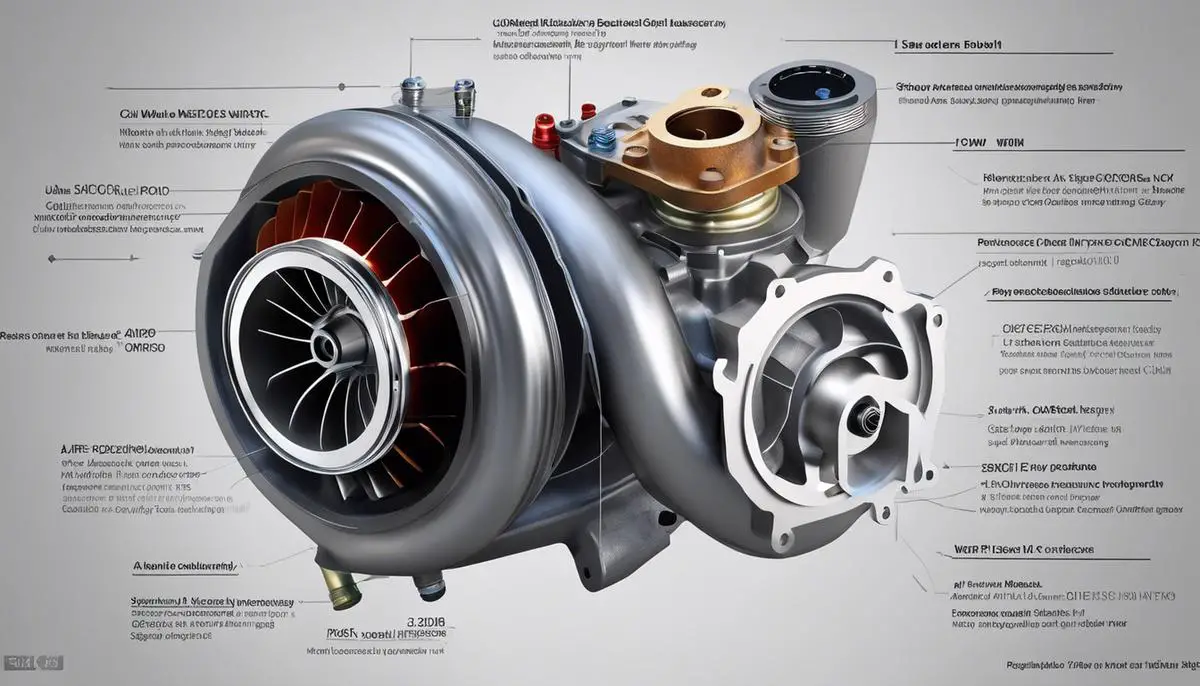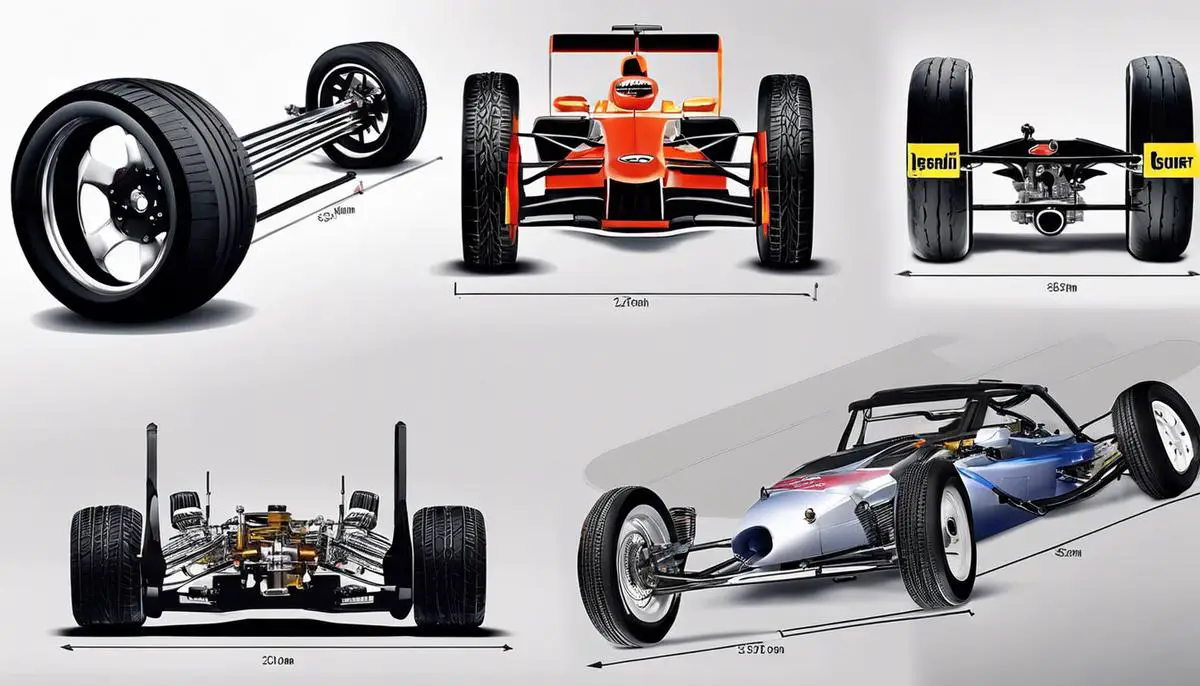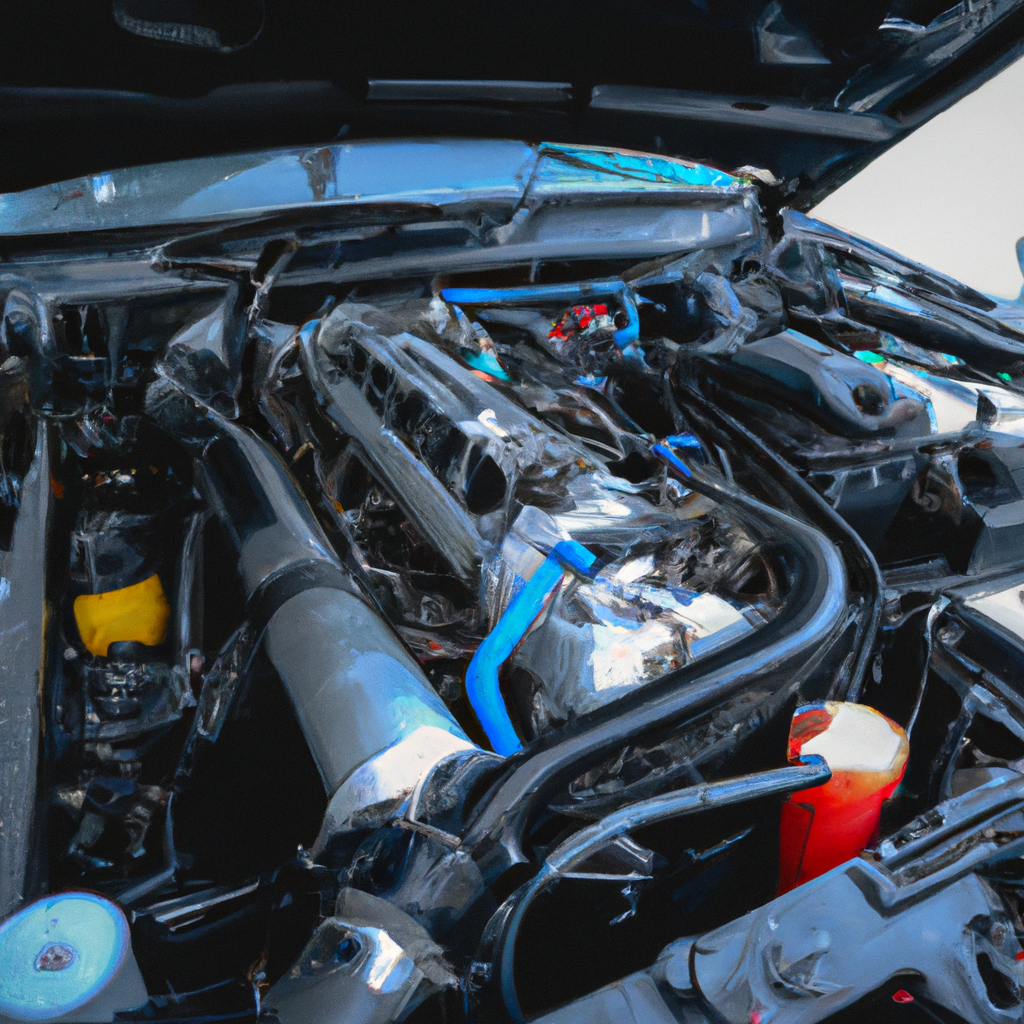When we consider the advancements that have truly revolutionized automotive performance and efficiency, the turbocharger emerges as a pivotal innovation. At the core of this game-changing technology lies a simple yet profound concept: compressing air to enhance the power output of an engine. This essay ventures into the depths of turbocharging, starting from its foundational principles to the astounding performance benefits it bestows upon vehicles. Journey with us as we uncover the mechanics of turbocharged engines, their edge over naturally aspirated counterparts, and the intricate dance of sizing the perfect turbo to match an engine’s heartbeat. Furthermore, we’ll navigate the practical realms of proper installation and diligent maintenance, rounding out with a forward-looking perspective on where turbocharging technology is headed in the automotive industry.
Contents
Basics of Turbocharging
Turbocharging 101: Revving Up Your Ride’s Powerhouse!
Hey there, speed enthusiasts and motor mavens! Have you ever daydreamed about injecting your car with a dose of adrenaline to make it zip faster? Well, that’s where turbochargers enter the scene, transforming your ride from cool to absolutely turbo-cool! Let’s dive into what makes these nifty gadgets a game-changer for engines.
First up, picture this: when you hit the gas, your engine takes in air, mixes it with fuel, and POW — it creates a mini explosion that powers your car forward. But what if you could add even more air into the mix? That’s exactly what a turbocharger does. It’s like giving your engine a massive breath of power-packed air.
Turbochargers are like the incredible hulks of car parts. They hook up to the exhaust system. When exhaust gases zoom out, they spin a little wheel inside the turbo. This gets another wheel spinning that sucks in and compresses air, shoving more into the engine than it would normally take in. It’s like blasting through a wind tunnel at warp speed!
This superhero-level boost of air means more fuel can join the party. More air plus more fuel equals a bigger bang! And what does that translate to? You got it — more power! It’s like a domino effect of awesomeness. This extra power doesn’t come from a bigger engine; it comes from making your regular engine work smarter, not harder. So, we’re talking more zoom without having to install a bulky, heavyweight champion engine under the hood.
Another supercool thing about turbochargers? They help with efficiency. That’s right! They don’t just make your car faster; they can also make it more fuel-efficient. Because, let’s face it, nobody wants to spend all their hard-earned cash at the pump. Turbochargers let smaller engines punch above their weight class, so you can still have a car that sips fuel gently but roars like a lion when you call on it.
Now, you might hear some folks talk about turbo lag — that momentary pause before the turbo kicks in. But guess what? With modern tech, turbo lag is becoming as outdated as flip phones. Today’s turbochargers are super responsive, so they can jump into action faster than ever.
So there you have it — turbochargers are like having a secret power-up button for your car’s engine, making it more powerful and fuel-efficient, without having to go the extra mile with a bigger engine. That’s why they’re such an electrifying addition to the automotive world. And if you’re thinking about turbocharging your ride, you’re on track to enjoy an exhilarating boost that will make your driving experience all the more thrilling. Welcome to the turbocharged club!
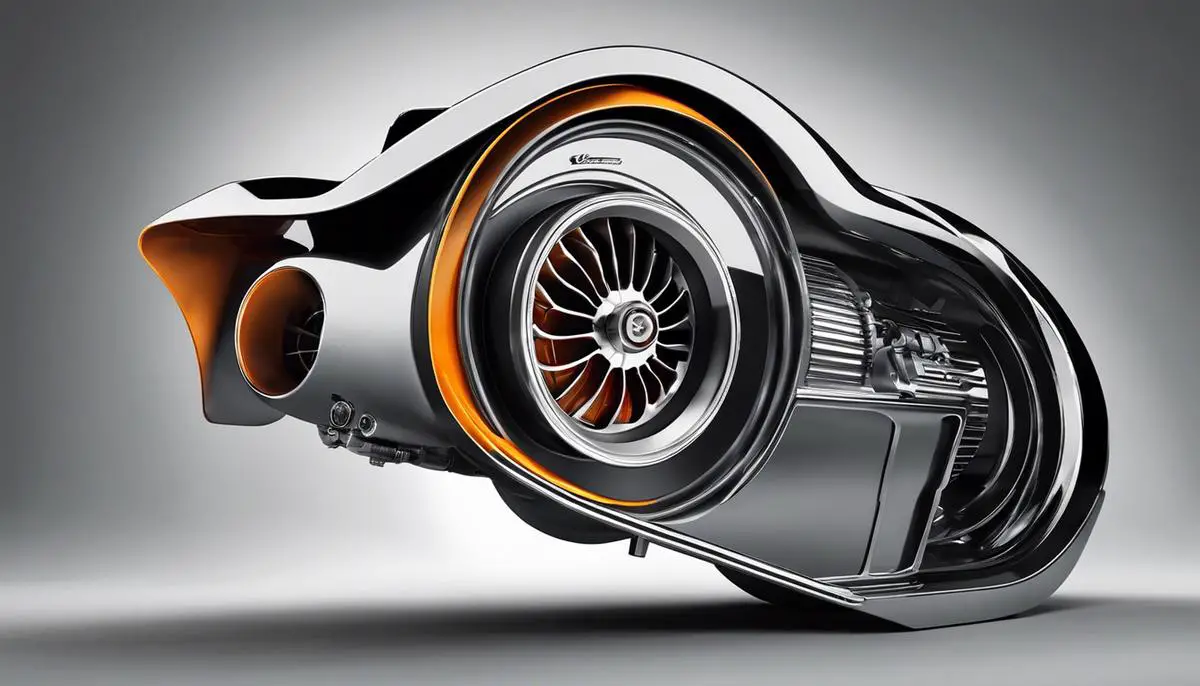
Performance Benefits
Turbocharged engines are like the superheroes of the car world – they take something ordinary and give it a boost of power! Think of a turbocharger as a sidekick to your engine that helps it perform better. A turbo uses exhaust gases (that’s right, the stuff your car blows out the back!) to spin a turbine. This then powers a compressor that pushes more air into the engine’s combustion chamber. And just like when you blow on a fire to make it burn stronger, this extra air helps the fuel ignite more powerfully. Boom – your car gets a surge of energy without needing a bigger engine!
Under the hood, a turbocharged engine looks a little different from a regular one. The key addition is the turbo itself, which sits waiting to work its magic. When you step on the gas, the rush begins. The exhaust gases zoom towards the turbo, get spun around really fast, and then help whip more air into the engine. This air is mixed with fuel, lights up, and provides that extra push to make the car zip faster. It’s not just a tiny nudge – it’s like the difference between jogging and sprinting!
People often worry about a thing called ‘turbo lag’, which is the slight delay before the turbo kicks in. But here’s some cool news: with fancy tech updates, turbo lag is becoming more of a ‘back in my day’ story. Modern turbochargers are designed to reduce this delay, making them more responsive than ever. So when it’s time to race from a stoplight or merge onto the highway, a turbocharged engine responds with enthusiasm.
Having a turbo isn’t just about speed, though. Believe it or not, it’s also about being kind to your wallet and the environment. By getting more power from a smaller engine, you end up using less fuel. It’s like getting more bang for your buck – and who doesn’t love that?
When you hear about turbocharged engines these days, it’s not just in fancy sports cars. From peppy hatchbacks to family SUVs, turbochargers are popping up everywhere. It’s not a fancy, exclusive club anymore. Just about anyone can feel the rush of a turbocharged ride!
So there it is – turbocharged engines deliver a thrilling driving experience without asking for a bigger engine or more gas. More power, less waste, and a whole lot of fun – what’s not to love? Whether you’re a casual driver or a car enthusiast, the boost from a turbo can make any trip an adventure. Keep your eyes peeled for that turbo badge; it’s a tiny symbol that promises a whole lot of vroom!

Turbo Sizing and Matching
Turbo Sizing and Its Role in Engine Performance
Choosing the right-sized turbo for an engine is much like picking the perfect pair of shoes; the right fit makes all the difference. When it comes to engine tuning, the size of the turbo has a direct impact on various performance factors, such as throttle response, power curve characteristics, and even engine longevity. So, how critical is turbo sizing when we’re diving into the realm of engine tuning? Let’s turbocharge into this topic!
Understanding the Balance: Turbo Sizing Essentials
Let’s think about what a turbo is tasked with – forcing more air into the engine to mix with fuel, and boom – more power! But here’s the kicker: size matters, and it matters a lot. It’s not as simple as slapping on the biggest turbo one can find. The goal is a harmonious balance; a turbo should complement an engine’s displacement and intended use.
Small Turbo vs. Large Turbo: Finding the Happy Medium
On one hand, a smaller turbo will spool up quickly, reducing the time it takes to build boost – that means less turbo lag. But it also means, in some cases, a smaller amount of total power the engine can make. These little guys are perfect for daily drivers where a quick response is more important than raw power.
On the flip side, a large turbo might make one wait a little longer as it spools up to its operating range, but when it gets there, the power can be mindblowing. For track day enthusiasts or those who have patience and want high-speed thrills, this could be the way to go.
It’s all about what an engine tuner is after. Want a smooth ride with a bit of oomph when overtaking? A smaller turbo could be just the ticket. Interested in shaking the ground and setting track records? A larger turbo could be calling.
Matching Your Turbo to The Engine’s Needs
It all boils down to matching – a concept that’s the bread and butter of engine tuning enthusiasts. Match the turbo size to the engine’s volumetric efficiency, and one will be rewarded with power delivery that feels like it was tailored by the stars. Looking for quick sprints and smart city navigation? A smaller A/R ratio in the turbo could be the ideal route, facilitating snappy spool times.
However, if the aim is to push the vehicle to its limits, a larger A/R ratio might be the chosen path, ushering in higher-rpm power peaks. The magic is in the match, and that’s why turbo sizing isn’t just critical; it’s the heart of the tuning craft.
In Conclusion: Make It a Match Made in Horsepower Heaven
In the journey of engine tuning, picking the right-sized turbo isn’t just a matter of choice; it’s a fundamental step in achieving an engine’s full potential. Just like a conductor leading an orchestra to create a symphony, the right turbo size orchestrates air and fuel in a way that sings to the soul of speed lovers. So remember, when contemplating a turbo upgrade: size it wisely, tune it finely, and the engine will reward you with performance that’s music to your ears.
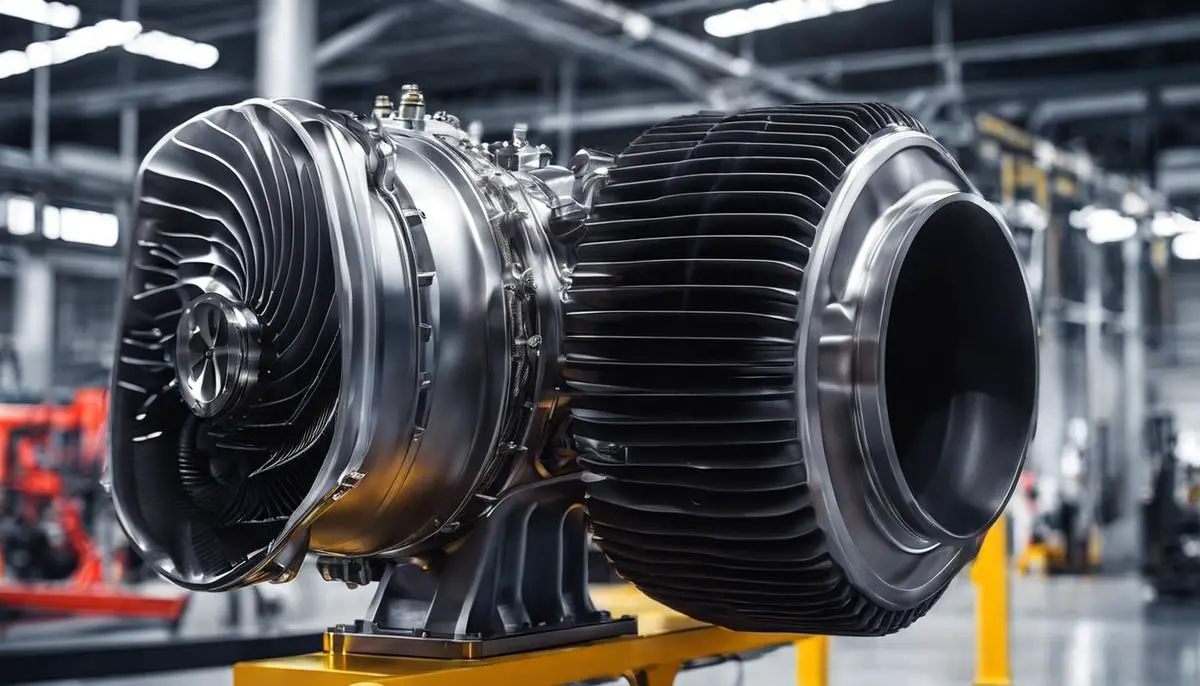
Installation and Maintenance
When the time comes to actually install a turbocharger, there are specific best practices that must be followed to ensure everything runs smoothly and the vehicle gets that desired boost without running into trouble.
The first step is acquiring the right tools and components for the job. This includes the turbocharger kit, intercooler, piping, oil feed lines, gaskets, and proper fasteners. It’s essential to remember that choosing quality parts does have an impact on the longevity and reliability of the turbo system; cheaper isn’t always better.
Next, prepare the work area and the engine. A clean environment and organized space will keep things flowing without unnecessary hiccups. Disconnect the battery to avoid any electrical issues and remove any parts that will be in the way of the turbo installation.
When starting with the installation, one key practice is to prime the turbo before full operation. This involves pre-lubing the turbocharger by filling the oil feed line directly before securing it into place. This is crucial for avoiding dry starts that can damage the bearings.
During the setup, pay careful attention to the routing of the oil and coolant lines, ensuring they are away from any heat sources and moving parts that could cause damage. Thermal wrap or shielding can be used for extra protection against heat.
After the turbo is in place, the next step is the downpipe and exhaust setup. Ensure a proper seal between the turbocharger and the downpipe to prevent any exhaust leaks, which can lead to performance issues. Tighten all clamps and fasteners to their specified torque settings.
Then, you’ll want to consider the tuning aspect of a turbocharged engine. Custom tuning is highly recommended to reap the full benefits of the turbo system. This often requires a professional who can adjust fuel and ignition maps to sync with the increased air charge of the turbo.
Ongoing maintenance is paramount for a lasting turbocharger system. Regular oil changes with high-quality oil will keep the turbo lubricated and reduce the chance of coking, where oil residues bake onto the turbo parts and degrade performance. It’s also beneficial to let the engine idle for a short period after driving to allow the turbo to cool down before shutting off, especially after spirited driving.
Monitoring is also an integral part of maintenance. Keep a close eye on the engine’s performance, boost levels, and listen for any unusual noises. Excessive whining, rattling, or knocking from the turbo area may indicate a problem that needs immediate attention.
Furthermore, air filter cleanliness should be maintained to ensure that your turbocharger is always breathing easily. A clogged filter can starve the turbo of air and reduce its efficiency.
Lasty, pay attention to the intercooler. It’s there to keep the charge air cool, so make sure it’s kept clean and that airflow is not obstructed by debris or damage.
Installing and maintaining a turbocharger may seem daunting, but breaking it down into best practices ensures you get top-notch performance out of your turbocharged powerplant. With the right approach, that turbo will be delivering a thrilling rush of speed for miles to come.
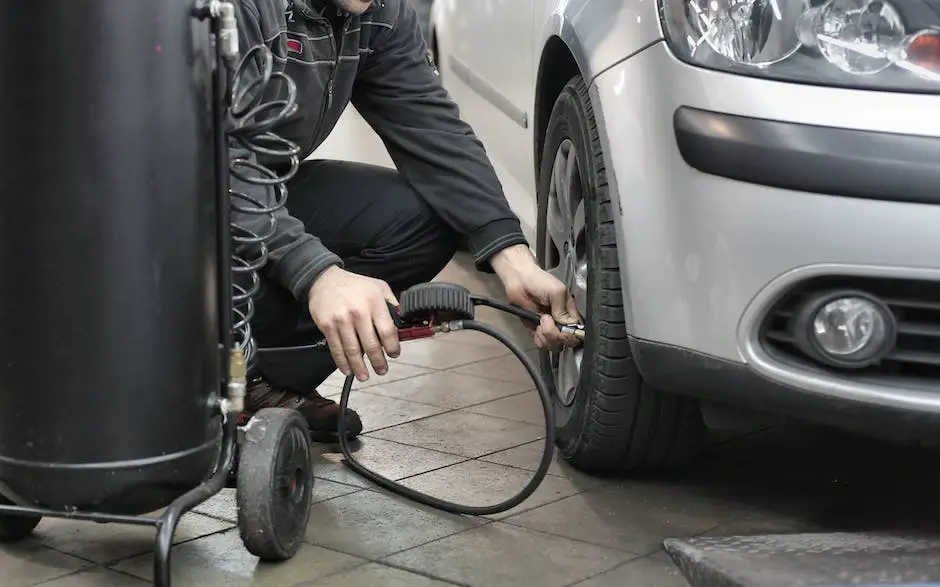
Future of Turbocharging
Where Turbocharger Technology Is Headed: Pushing Boundaries for Engine Efficiency and Performance
Turbochargers are a game-changer in the world of engines, boosting both excitement behind the wheel and efficiency in fuel consumption. The quest for that extra oomph without the weight of a bigger engine has driven innovation to new heights. So, where’s this tech going? The future’s looking as sleek and powerful as a turbocharged engine itself.
One of the big moves is refining the tech to make it smarter. Engineers are getting into the digital side, using electronic controls that manage the turbo’s boost much better. This doesn’t just cut down on that famous turbo lag but also fine-tunes the power for when it’s needed most, like during a quick pass on the highway.
Another direction’s all about hybrids. Think about combining turbo tech with electric power – the perfect tag team. Electric motors can pick up the slack while the turbo’s spooling up, giving an instant punch of power. And once the turbo kicks in – hold on tight – it’s a smooth, potent ride.
Eco warriors and car buffs don’t always see eye to eye, but cleaner, greener tech’s got both sides nodding in agreement. Turbochargers are already in the game, pushing engines to do more with less fuel. But there’s always room for improvement. Upcoming turbochargers aim to reduce emissions dramatically, helping our rides leave a lighter footprint without skimping on the thrill.
Materials are getting an upgrade too. The same stuff that rockets and jets use could be making its way into turbos. Why? To deal with crazy heat and stress, of course. This means turbochargers that are not just tougher, but can also push engines to their limits safely.
What about 3D printing? Yep, that’s in here too. Custom turbo parts can be created to fit any engine like a glove. No more one-size-fits-all; it’s all about precision, ensuring every bit of power’s squeezed out effectively.
Connectivity is huge in practically everything these days, and turbochargers won’t be left out. Imagine a turbo that knows your driving habits, the car’s health, and can adjust itself for top performance. This smart turbo could back off before things get too hot or give you more power when it knows you like to zoom.
Finally, let’s not forget about two words: electric turbochargers. These bad boys use electric motors to spin up and don’t need exhaust gases to get going. That means they’re ready in an instant. With the rise of electric vehicles, electric turbos might just be the bridge connecting old-school petrol heads to an electric future.
So, for those of us who live for that turbocharged rush, the road ahead looks amazing. Just imagine – turbochargers that are quicker, smarter, greener, and custom-fitted. This isn’t just about going faster. It’s about pushing the technology to its absolute best, making the driving experience something to remember. Whether it’s cruising through back roads or showing off on the track, turbochargers are revving up to take us into a high-speed, high-efficiency future.
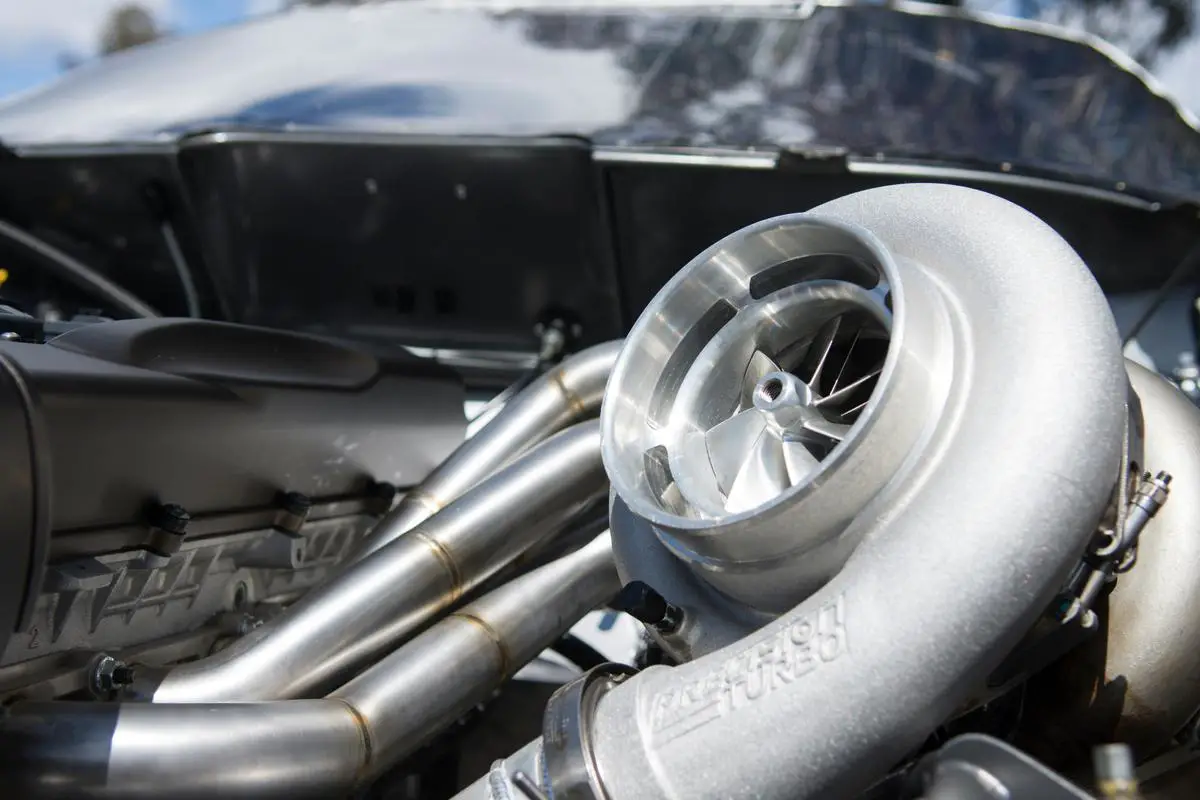
Photo by bj_pearce66 on Unsplash
Embarking on the path of turbocharging is much like setting sail on an ocean of endless possibilities, where each technological wave pushes us closer to perfection in automotive performance and sustainability. As we’ve explored, the realm of forced induction is not just about the surge of acceleration or the intoxicating whine of a spooling turbo; it’s a testament to the ingenuity of automotive engineering. Turbocharged vehicles are poised to dominate the roads, blending the thrill of high performance with the necessity for efficiency in a world increasingly conscious of its carbon footprint. With the horizon of automotive technology broadening daily, turbochargers stand firm, harnessing the winds of progress and powering the engines of tomorrow.
